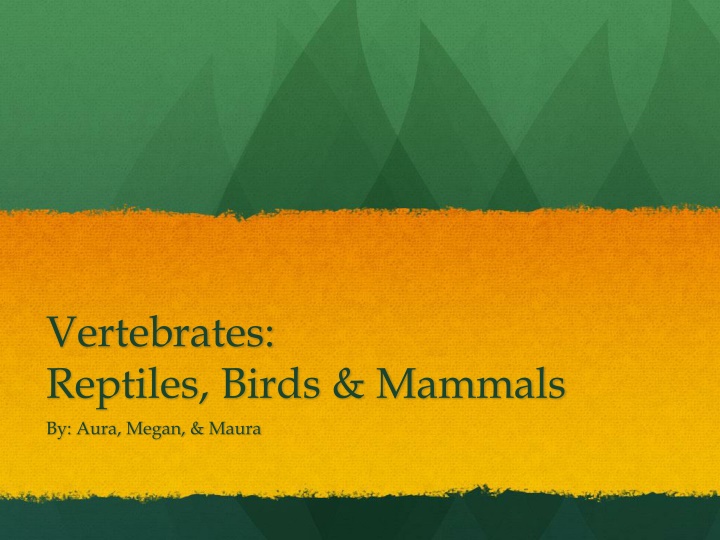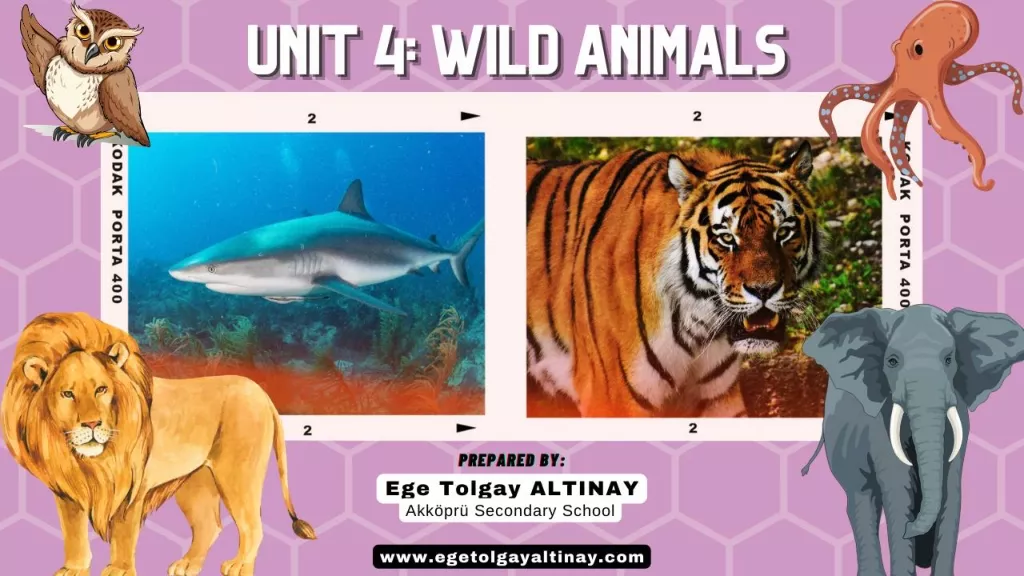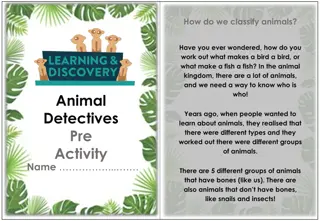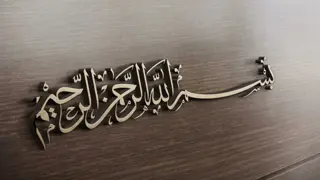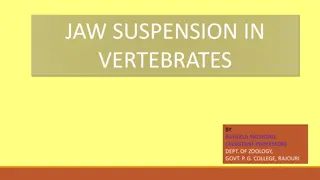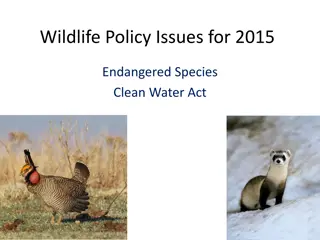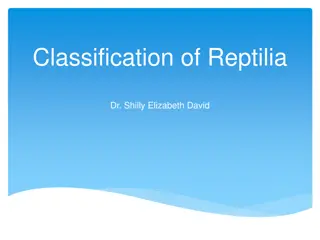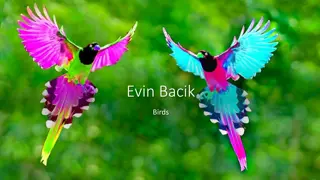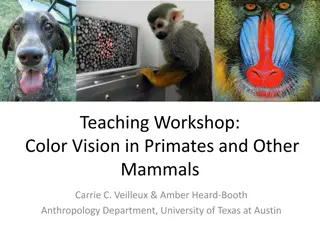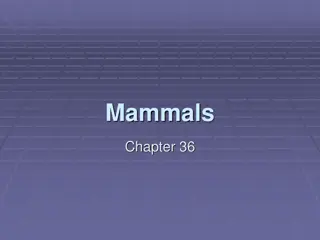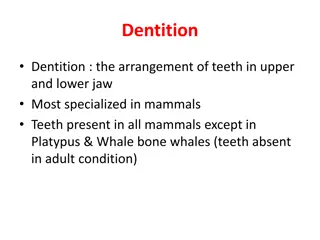Exploring Vertebrates: Reptiles, Birds, and Mammals
Delve into the world of vertebrates, including reptiles, birds, and mammals. Discover the unique characteristics and adaptations of each group, from the scales of reptiles to the feathers of birds and the live birth of mammals. Explore how these creatures have evolved to thrive in their environments and learn about their distinct physical features and behaviors.
Download Presentation

Please find below an Image/Link to download the presentation.
The content on the website is provided AS IS for your information and personal use only. It may not be sold, licensed, or shared on other websites without obtaining consent from the author.If you encounter any issues during the download, it is possible that the publisher has removed the file from their server.
You are allowed to download the files provided on this website for personal or commercial use, subject to the condition that they are used lawfully. All files are the property of their respective owners.
The content on the website is provided AS IS for your information and personal use only. It may not be sold, licensed, or shared on other websites without obtaining consent from the author.
E N D
Presentation Transcript
Vertebrates: Reptiles, Birds & Mammals By: Aura, Megan, & Maura
Reptiles -three chambers in the heart [w/ a small fourth] -lungs -scales -external fertilization -oviparous [lays eggs] -reptiles lay amniotic eggs with shells -reptiles have scales with protein keratin in them to create a waterproof barrier which also prevents dehydration. -the scales help separate them from amphibians; prevents breathing through their skin -reptiles are ectothermic: they absorb external heat as a main source of insulation -conserve energy by basking in the sun when cold, and finding shade when too hot -birds and reptiles both have vertebrates and both have the ability to lay eggs
Birdies -four chambers in the heart -lungs -feather/skin -external fertilization -oviparous [lays eggs] -wings are remodeled from tetrapod limb. Shape and arrangement of feathers form the wing into airfoils. Bones are hollow and have honeycomb structure that s filled with air -birds believed to have evolved from certain species of dinosaurs that also are related to reptiles -feathers are produced by similar tissues that produce scales; birds have scales on their feet -flightless birds have no sternal keel and pectoral muscles are undeveloped; feet made to walk on land and usually heavier in weight
Five Adaptations for Flying 1. Large pectoral muscles connecting to the sternum give flapping powers 2. Efficient respiratory and circulatory systems and a four chambered heart to keep tissues supplied with oxygen 3. No urinary bladder, females have one ovary to cut down on weight 4. Toothless to cut down weight of the skull 5. Hollow bones help them fly
Mammals four chambers in the heart lungs skin, hair internal fertilization viviparous [live birth] jaws of later evolved mammals had less bones and jaw joint bone has changed; in fish & reptiles, jaws are composed of several fused bones and two small bones like birds, mammals are endothermic, and most have a high metabolic rate. Reptiles, though, are considered cold- blooded because they do not use their metabolism extensively to control their body temperature.
Physical Features Unique to Mammals Physical features of mammals: 1. mammary glands: produce milk for offspring 2. extra layer of fat beneath skin to retain heat 3. differentiation of teeth: come in a variety of shapes & sizes adapted for chewing many different kinds of foods
